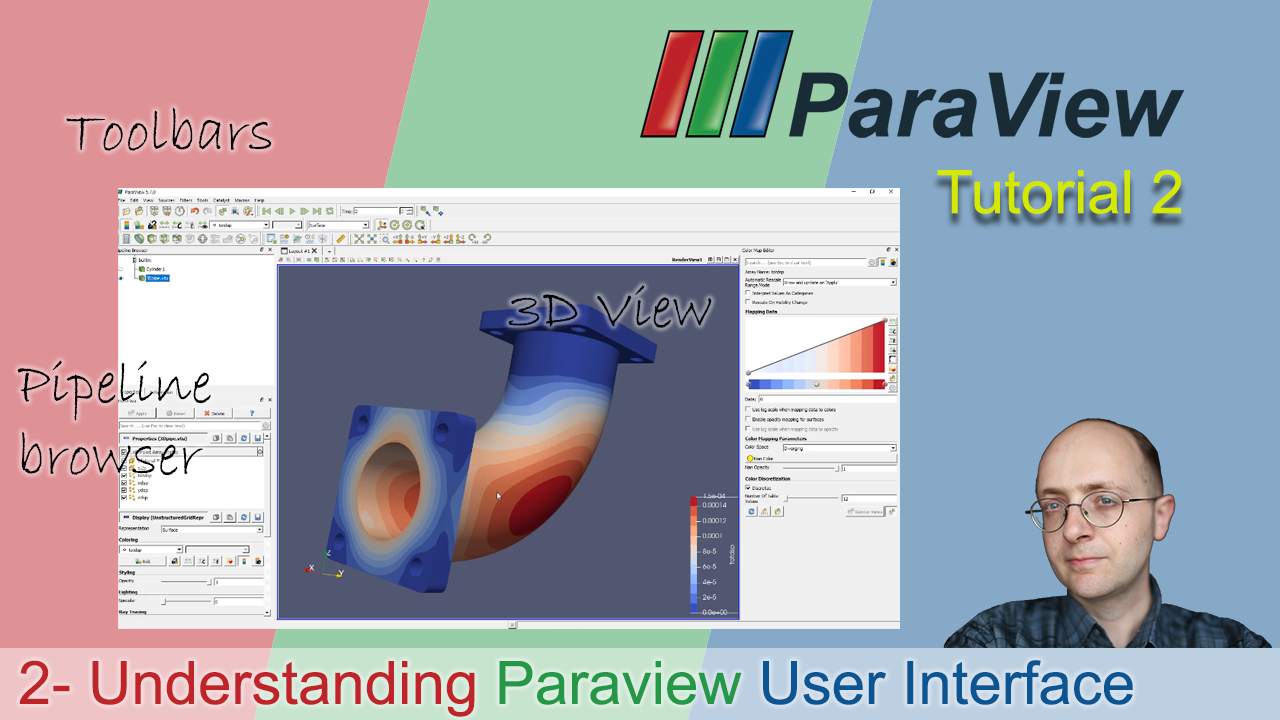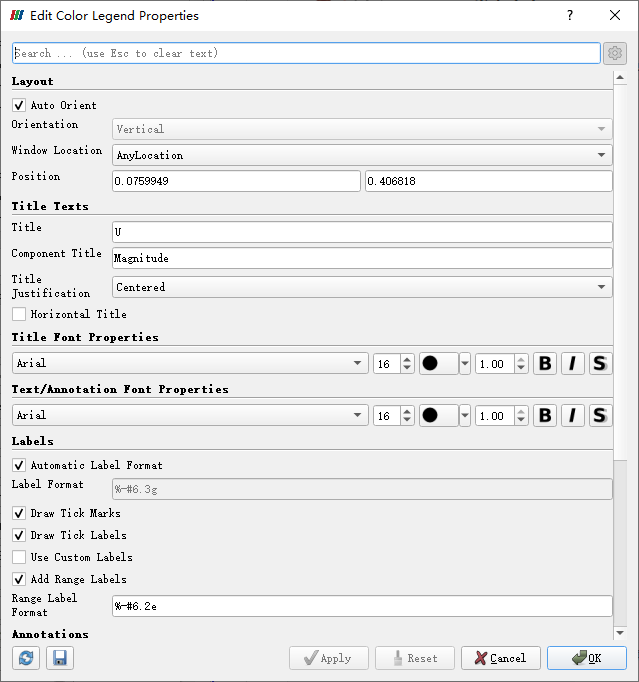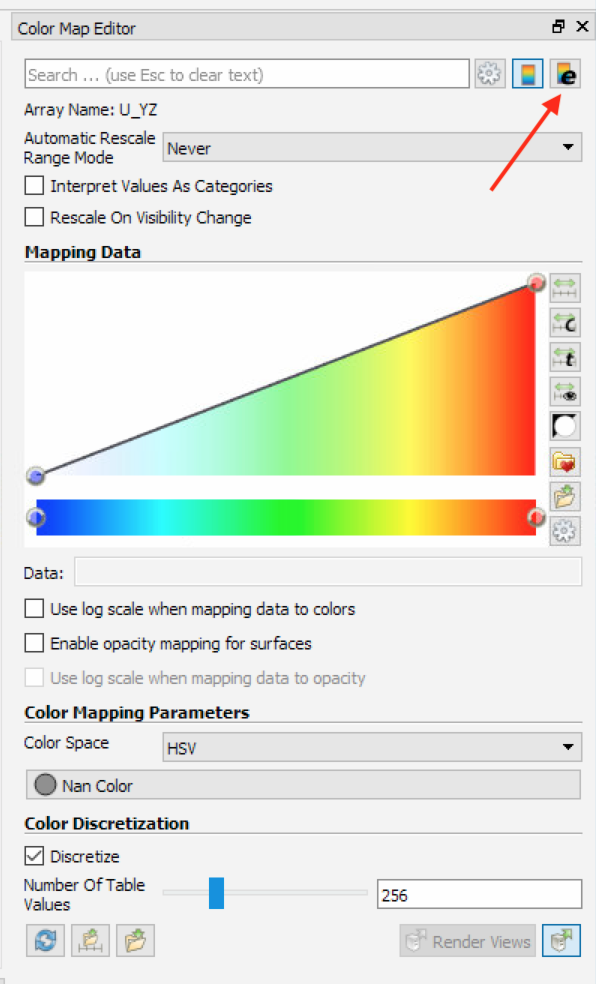

- #PARAVIEW LABEL FORMAT HOW TO#
- #PARAVIEW LABEL FORMAT MOVIE#
- #PARAVIEW LABEL FORMAT PDF#
- #PARAVIEW LABEL FORMAT FULL#
- #PARAVIEW LABEL FORMAT CODE#
#PARAVIEW LABEL FORMAT MOVIE#
I love a slice movie 💛 one of the least-exciting (but most informative) post-pro techniques that you’ll ever use. That said, we can do a lot with one line, here’s a simple example… Location annotation for an animation
#PARAVIEW LABEL FORMAT CODE#
Note: If you must use more than a single line of code (&/or you want to use some external Python modules) then you should check out the raw scripting power of the Programmable Annotation instead.

It updates whenever the data or the time step change, so we can set it & forget it, confident that it will always be up-to-date. With that one line we can grab data from our model, do all manner of calculations, combine it with other strings & format it to our liking, before writing the output into the scene as a regular text object. The Python Annotation sits somewhere in-between, blessing us with a single line of Python code to create our annotation. There are a bunch of ways to annotate your scene in ParaView, from a simple text source, all the way up to “beast-mode” a.k.a. Let’s get into it & then you can go and give it a try… Python Annotation So, whether you’re looking to annotate a property in an animation, or you want a label that’s synced to your current dataset, then this filter has you covered. It’s a quick introduction to ParaView’s Python Annotation filter, a neat (but not new) way to create dynamic annotations that are always up to date.
#PARAVIEW LABEL FORMAT PDF#

This reduces the file size on disk using a lossless compression algorithm. Compress output file: Produce a gzip'd file.This will produce the best results, but can be slow and use a lot of memory. BSP sorting: Use a binary space partitioning algorithm to sort the primitives.Simple sort: Fast sorting method that gets most things right, but may incorrectly order objects in certain conditions.No sorting: No sorting is performed - primitives are exported in the same order that they are drawn in ParaView.When in doubt, select "Simple sort" for 3D scenes, and "No sort" for 2D charts. Since vector graphics formats don't consider depth in their drawing commands, it is essential to properly sort the primitives so that they render correctly.
#PARAVIEW LABEL FORMAT HOW TO#
GL2PS depth sort method: How to sort the depth of the graphics primitives in the exported image.This is used for the image metadata, and is unrelated to the filename. Plot title: Name of exported document.Configure the export options in the window that pops up (note that not all options are available for all formats):.
#PARAVIEW LABEL FORMAT FULL#

In ParaView 3.98, the ability to export 3D scenes and 2D charts as publication-quality vector graphics was added.


 0 kommentar(er)
0 kommentar(er)
